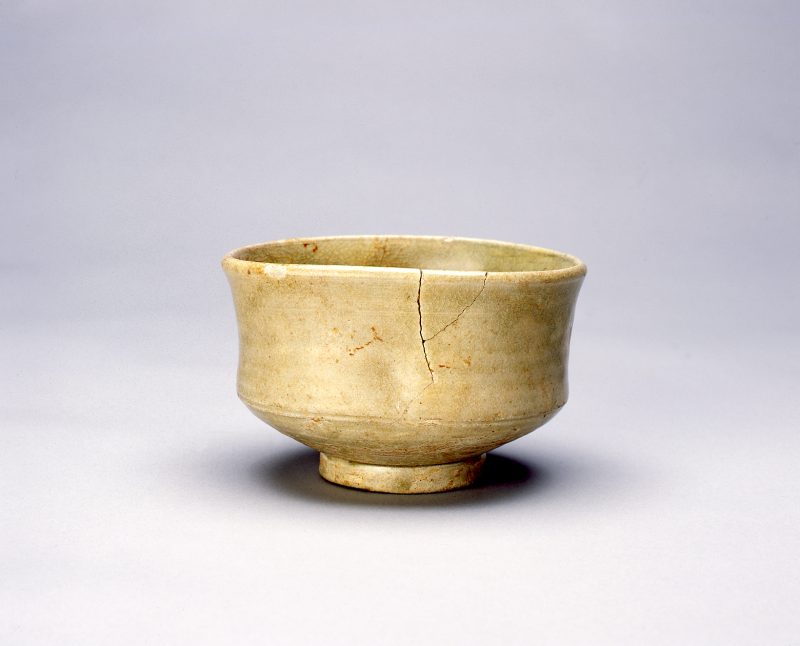From the Azuchi-Momoyama era to the early Edo era, Mino kilns produced Mino Momoyama tea ceramics such as Kizeto, Setoguro, Shino, and Oribe in response to the popularity of the tea ceremony in Kinai region (Kyoto/Osaka area). Later, Oribe was replaced by “Ofuke,” a type of pottery that was conscious of Chinese celadon. The period of the Genna era (1615-1624), when the production of Ofuke ceramics began, was a time of stability in the Tokugawa shogunate and the succession of the greatest tea masters in Japan, from Furuta Oribe to Kobori Enshu. This exhibition examines the characteristics and significance of the production of Ofuke.
7 Exhibitions
Closed days and opening hours vary by facility. For details, please check the website of each facility before visiting.

